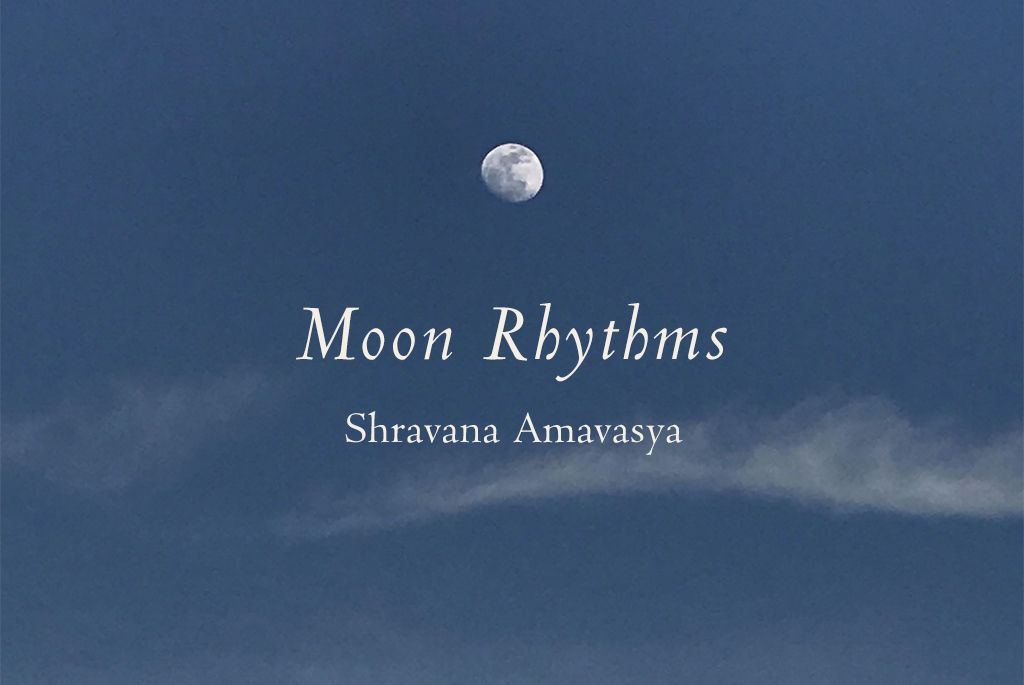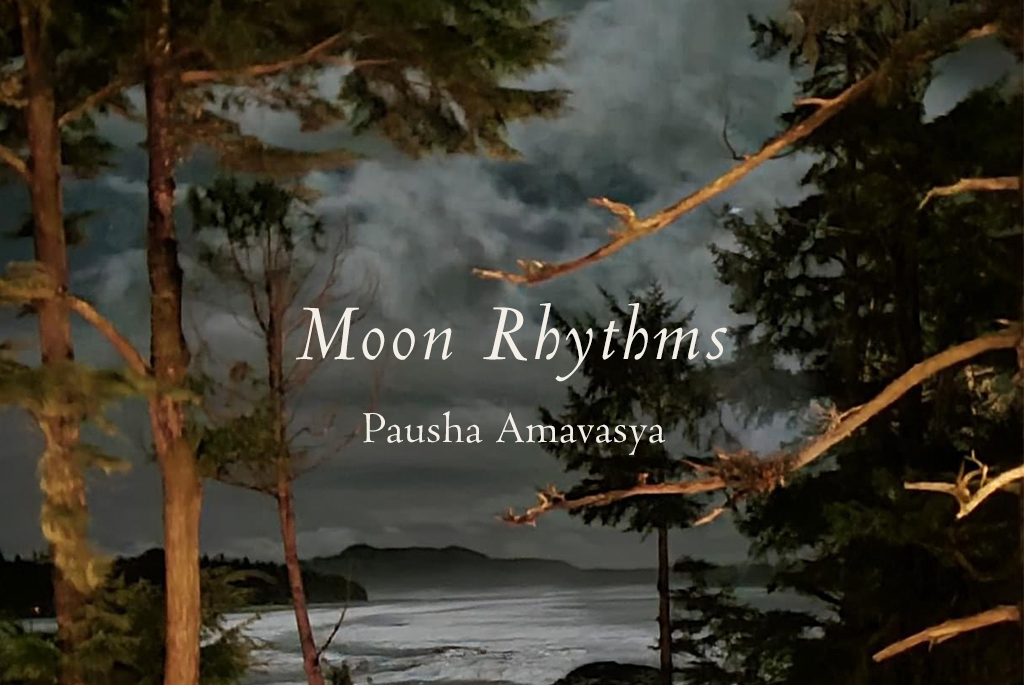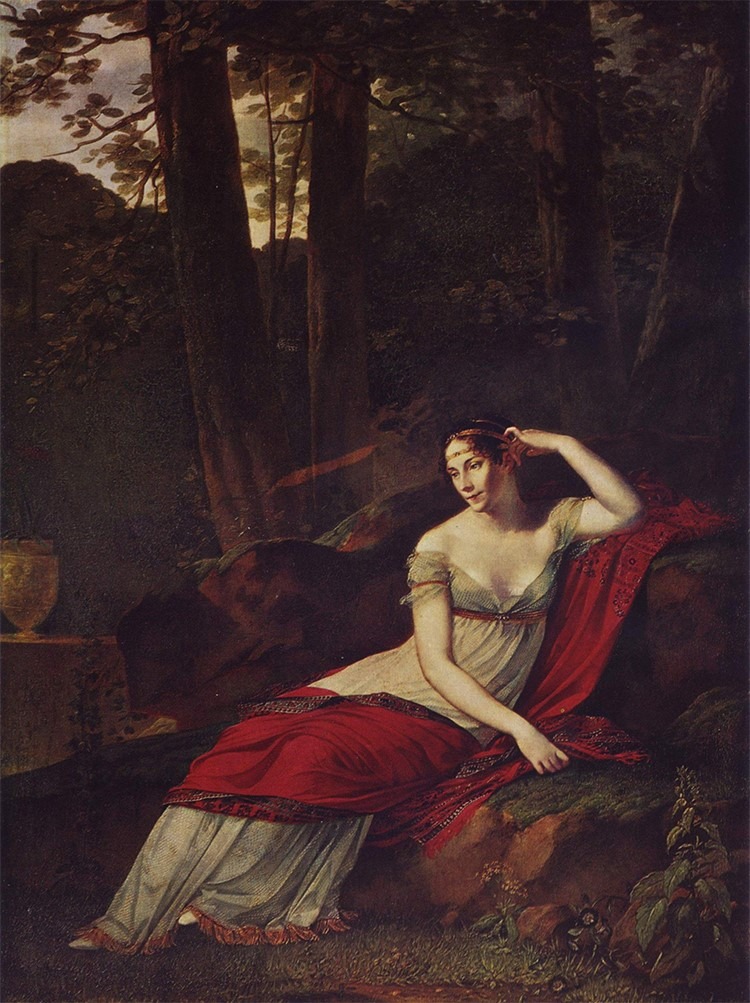



From kings to fakirs, the legend of cashmere has enthralled them all. The story and the history of this fabled fabric, as it travelled from India to the rest of the world, mesmerising everyone who encountered it along the way, is a fascinating one

The sensuous caress of a cashmere shawl carries within it an unbroken tradition of beauty and craftsmanship. A tradition so old its origins are lost to the passage of time, leaving only small clues in cold and remote corners of the world.
As far back as two thousand years ago, Julius Caesar is said to have recognised its significance early on. The 7th century Chinese traveller Hiuen Tsang wrote extensively on it during his travels through India. In the 13th century, Marco Polo discovered cave paintings depicting the combing and collecting of hair from domesticated goats in the Mongolian Altai Mountains. In the 14th century, Moroccan explorer Ibn Batuta observed cashmere to be a key element in royal exchange between Emperor Shun of the Yuan dynasty, and Mohammad bin Tughlaq, the Sultan of Delhi. This exchange sparked a fervent interest that brought more travellers searching for the ‘diamond fibre’.
This fabric of dreams has been fascinating us for millennia, travelling the world, leaving behind a trail of enchantment and fast becoming a thing of legends. A popular Kashmiri legend traces the origins of the modern Kashmir shawl to the 14th century saint Ali Hamadani, while another credits the 15th century sultan Zain-ul-Abidin with founding the local wool industry by bringing weavers from Turkestan. However, the fabric itself finds mention in much older records from numerous places across the world.
In the 16th century, Babur founded the Mughal Empire, and the story of cashmere began a new, flourishing chapter.
Under Babur’s patronage, the art of weaving cashmere saw rapid development, and at its height it employed more than 60,000 craftsmen. It was also during this time that cashmere transitioned from being a fabric that had long been traversing the Silk Route to one that was reserved exclusively for royalty, and before long the phrase “fibre for kings” had been coined to describe its luxurious touch.
Around the same time, European interest in this incredibly warm, supple, and gossamer thin fabric began to grow as more and more western explorers sang its praises after encountering it on their travels. François Bernier, the 17th French traveller and (briefly) physician to Aurangzeb, the 18th century English traveller George Forster, and perhaps the most celebrated of all, the 19th century English traveller William Moorcroft, all described at length their fascination with the fabric of dreams that had traditionally been known in the subcontinent as Pashmina, and soon it would come to be known by a new anglicised name borrowed from the place of its origin – cashmere. Just as it had been favoured by royalty in India, cashmere soon came to be coveted in Europe as well.
The warmth and splendour of this fabled fabric finally reached Paris, France, in the 18th century, and soon after, every European elite was taken with fascination for what would soon go on to become a staple of luxury. In the 19th century, Empress Joséphine was believed to have hundreds of cashmere shawls, and even came up with a shrewd method for identifying their authenticity – real cashmere was soft and delicate enough to fit through a ring.
An 1854 publication titled Paris Chez Soi reported that towards the turn of the century French generals on expeditions to Egypt had started sending cashmere shawls back home to their wives, taking advantage of the proximity to India. “From then on, the disease called Cashmere fever took on significant proportions… It became gigantic during the Restoration, reached colossal size during the July monarchy and has finally assumed Sphinx-like dimensions since the February Revolution of 1848.”
Before long, cashmere had made its way into the art and literature of Europe, appearing in paintings, novels, and even acquiring socio-economic significance as a status symbol coveted by all but only accessible to a few.

In the 19th century,
Empress Joséphine
was believed
to have hundreds
of cashmere shawls,
and even came up
with a shrewd method
for identifying
their authenticity –
real cashmere
was soft and
delicate enough to fit
through a ring.
Pure Pashmina shawls adorned with exquisite Kashmiri hand embroidery is perhaps the truest of luxuries when it comes to cashmere. Over the centuries, embroidery techniques as exquisite as the fabric itself have flourished into full-fledged craft traditions. Finely detailed, meticulously crafted embroidery such as Sozni and Aksi result in masterpieces which appear as breath-taking jewel mosaics from a distance. These techniques of hand-embroidery take decades to master, and each handwoven, hand embroidered shawl carries in it a long tradition of expert craftsmanship. Of these techniques, the Kani weave is perhaps the finest. Specific to the Kashmir valley, there are few master craftsmen today who are capable of producing this delicate weave. Employing an exceedingly fine twill tapestry technique to depict designs inspired by nature, the Kani weave produces exquisite patterns akin to impressionist paintings.
The history that cashmere quietly carries in its folds, the little things that transform a single shawl into a work of art borne of a labour of love and patience. The delicate beauty of the intricate hand-embroidery, the history hidden in each pattern and motif, the sheer number of human hands that contribute to that final masterpiece – starting with the yarn gatherer all the way to the artisan who embroiders the handwoven shawl – all come together to create a masterpiece that transcends mere function; an heirloom to be cherished across generations, a valuable part of one’s heritage that carries with it the unparalleled warmth of pure Pashmina and fond memories.
And that’s what makes cashmere so much more than a fabric – the stuff of legends and the holder of memories.
Cover Image: ‘Cashmere’ (1908), John Singer Sargent